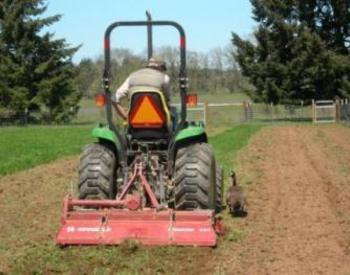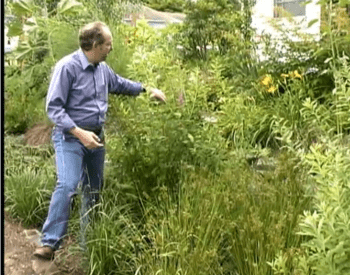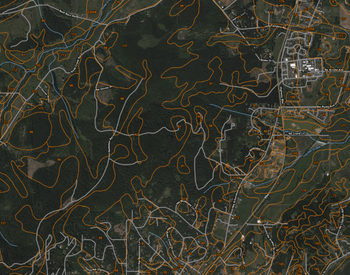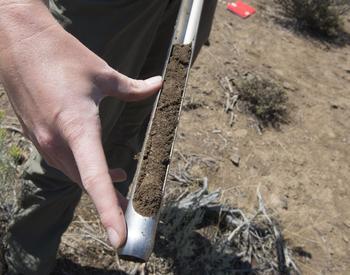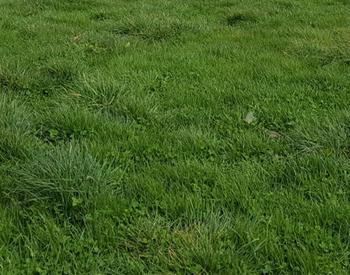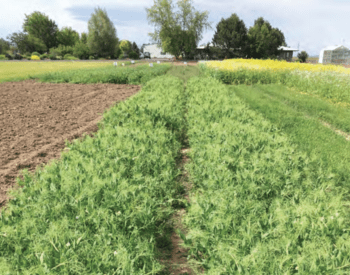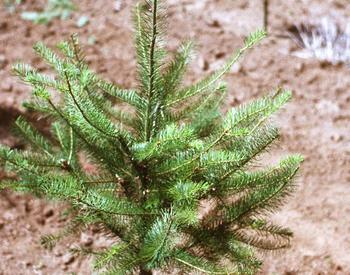Transcript
Welcome to Living on the Land, an award-winning source of useful information brought to you by your Oregon State University Extension Service.
Once you've decided when and where to plant your cover crops, you're ready to choose which species to plant. First, identify the conditions that will exist during the growing period, and then create a list of suitable cover crop species. Plan on using a mix of two or more species. Choose species that will be compatible with each other, but that belong to different plant groups. For example, you might mix a legume with a grass. Also, be careful to avoid species that might cause pest, disease, or weed problems for subsequent crops.
For recommendations on suitable cover crop species, use the Pacific Northwest Cover Crop Selection Tool from the U.S. Department of Agriculture. Cover crop seeds can be broadcast onto or drilled into the soil. It's critical that you time your planting correctly. Just like normal crops, planting too early or too late can cause cover crops to fail. Fertilize and irrigate your cover crops properly to optimize their growth and benefits. Much of the nutrition you apply will become available to future crops after the cover crop becomes incorporated into the soil. Terminate the cover crops before they go to seed to allow enough time for water in the soil to recharge and decompose the cover crops. This makes nutrients available for the next crop. Cover crops can be a sensible solution to many natural resource issues. They've been shown to be profitable, sustainable, and an essential tool for soil health management plans. For more information on planting your next cover crop, contact your local OSU Extension Service Agent, your Soil and Water Conservation District, or your local Natural Resource Conservation Service.
This podcast highlights the importance of proper timing, fertilization, and irrigation for successful cover crop growth. Terminating cover crops before seeding ensures nutrient availability for future crops. Cover crops are portrayed as a sensible and profitable solution for managing soil health, and promoting sustainability.
This is from the Living on the Land series. Download the related PDF - Living on the Land: Guide to Growing Cover Crops
The phrase “Living on The Land” is used with permission from Living on The Land Stewardship for Small Acreage, © 2008, UNCE/WSARE.
